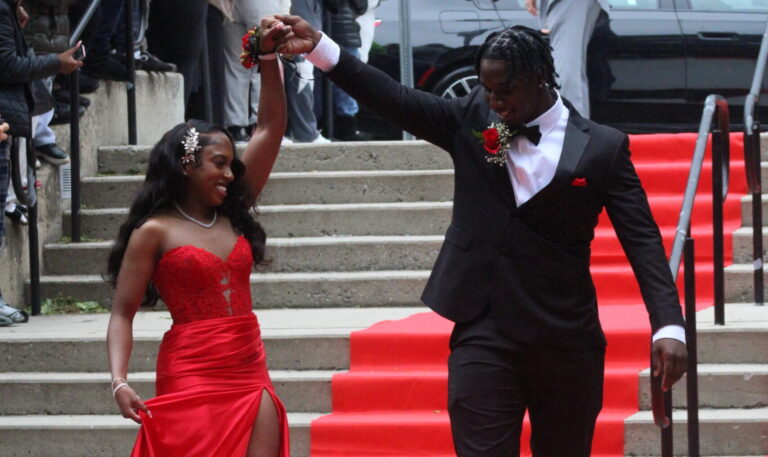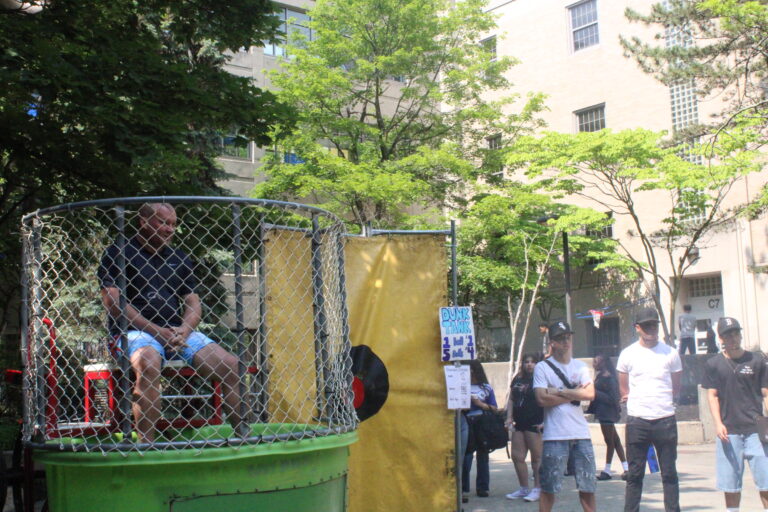During this year’s Black History Month, the Black Culture Club focused on Historically Black Colleges and Universities (HBCUs).
The Black Culture Club had a table near both of the cafeterias. This was so that students on their way to lunch were able to simply stop by and hear about a few HBCUs per week.
Some of the schools they talked about were Howard University, Hampton University, Spelman College, Morehouse College, Albany State University, Morgan State University and Florida A&M University, among others.
The club’s goal was to bring awareness to HBCUs that most students are unaware of, and what they offer. Black Culture Club advisor Kristy Magras said “we have reps come from various colleges and universities, but rarely do we have someone from Historically Black Colleges and Universities come to visit. It is important with such a diverse high school that our students have awareness of their options for a post-secondary education.”
Magras believes that HBCUs should be supported and talked about just as much as any other college or university. In the United States alone there are 107 HBCUs and 104 Predominantly Black Institutions (PBIs).
This is the first year that the Black Culture Club has done the HBCU Spotlights. The inspiration for the program sprouted from noticing the extensive Black History Month program that Everett High School had last year.
Reportedly, the students were assigned an HBCU and tasked with researching the school.
“I thought this was something that was really interesting… instead of waiting for someone to come and present to the students, the students actually did the research,” Magras stated.
The idea was then adapted here at MHS, and the HBCU Spotlights were born.
The original idea was to hold a college fair of sorts. They would have posters and teachers participating in the program. Students would have been able to visit them during lunch or after school to learn about the HBCUs.
Unfortunately, due to scheduling problems and student commitment, they were only able to do a lunch table.
The interesting part of HBCUs is that they are schools where minorities are not so minor. In a primarily white school, Black people are considered almost as a statistic. For example, Harvard is an Ivy League school with the most Black admissions, and still the minority only stands at 11% overall.
At an HBCU, this would not be the case. Black culture is fostered in these schools and gives a different, new and fresh perspective on the Black community.
“If there was a place that fostered your culture, how would that make you feel? You know, versus being someone of a minority ,you know, in a school. It’s being able to just foster those cultures.” – Magras
The idea that students would not have to be a minority, but actually be able to embrace their culture, is a rare opportunity at big colleges and universities. This is part of the reason why it is so important to the Black Culture Club to talk about HBCUs.
Moreover, even though things did not go exactly according to plan, Magras said, “hopefully next year we can grow it.”



